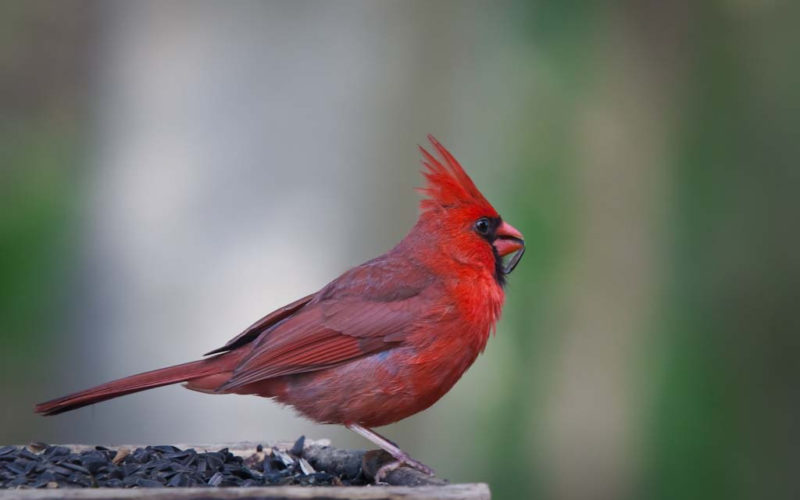Always something new to see in nature
AMANDA BANCROFT
Making Ripples
We’re lucky to live at a time when people can still encounter and explore the natural world. Even a walk through the woods for 10 minutes could lead to an exciting discovery of an insect or bird very different from the rest.
Gynandromorphs are organisms with both male and female characteristics. It’s incredibly rare to see one in nature, and when you do get a glimpse, it’s usually an insect, crustacean or a bird. Typically, the term is used in entomology, the study of insects. Gynandromorphy isn’t the same as hermaphroditism, which is when an organism has both male and female reproductive organs rather than any combination of traits. Humans who are born with male and female traits may identify as intersex. Intersex people around the world are still fighting for their basic rights, such as obtaining a birth certificate or having the right to life, as their physical anatomy and genetic makeup cause confusion in cultures bent on putting people into identity boxes that have little to do with science.
For wildlife in the natural world, it is somewhat easier – no fear of cultural repercussions – but also more serious – an organism could be easy prey or be unable to reproduce. In some cases, though, gynandromorphs can and do reproduce. In the recent case of a gynandromorph cardinal with bilateral asymmetry that was spotted in Pennsylvania by the Caldwells, the bird may be able to have a clutch of eggs this spring because its female traits are on the left side. In birds, only the left ovary is functional. It’s possible this individual will raise a family in the limelight this year! Cardinals may live up to 15 years in the wild, so there may be many, many eggs to come. Another nice surprise? Some gynandromorph birds have been observed to be shunned or attacked by other birds; thus, they often live alone and go without a mate. This cardinal, however, was seen with a mate on several occasions.
But why is it half-and-half? According to the report from National Geographic: “Gynandromorphy like that in this cardinal occurs when a female egg cell develops with two nuclei — one with a Z and one with a W — and it’s ‘double fertilized’ by two Z-carrying sperm. The chimeric individual then develops with half of its body as a male ZZ and the other half as a female ZW.” Most popular examples of the condition come from butterflies.
Some children see a gynandromorph butterfly, and their belief in fairies will soar. Imagine, the fairies made a mistake and painted both sides different colors and patterns! The BBC reported that an unusual number of gynandromorph butterflies were observed in the months following both the Chernobyl and Daiichi nuclear disasters, although it was considered a coincidence. By studying the non-conforming individuals of a species, we can learn a lot about the state of the environment, human health and sexuality. Nature is full of surprises – what will you explore next?
Amanda Bancroft is a writer, artist, and naturalist living in an off-grid tiny house on Kessler Mountain. She and her husband Ryan blog about their adventures and offer tips to those wanting to make a difference at www.RipplesBlog.org.










